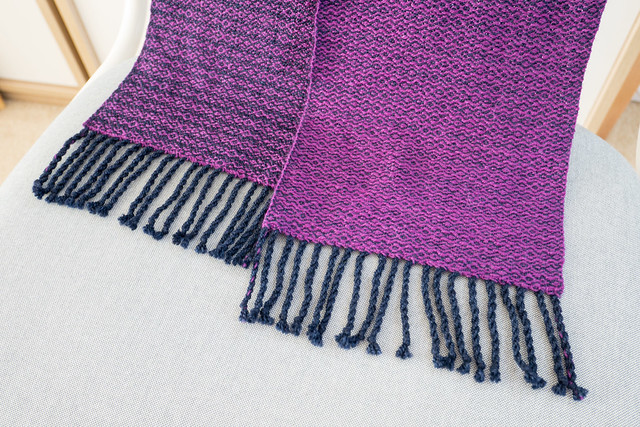Raspberries are really difficult to make, and it doesn’t make sense to make each one individually. I now have a solution for all of you budding food miniaturists! I have come up with a relatively easy way to make flexible raspberry moulds out of silicone rubber, and I am now able to provide the moulds to everyone. I am also going to explain how I use them, because they aren’t as straight forward as other silicone moulds because of the small size of the cavities.


First off, these moulds are US $3.50 for four raspberry cavities. If you prefer a mould with eight cavities, the mould will be US $6.20, currently by request (sample mould is shown in a photo below). Eight is considerably harder for me to make into one mould, and uses more silicone, but it’s easier to mould with especially if you have large hands and fingers. Plus, you can make more raspberries at one go. These moulds are currently available on Artfire and Etsy.


Each raspberry is only 2-3mm in size, which is actually really tiny. This is why you sometimes see part of the raspberry that bubbled. It’s not always easy to get a perfect one, but at this size, you won’t be able to see the faults once you use them in your miniatures.


I use coloured Fimo liquid clay and a toothpick to fill the mould. When filling the mould, try to do it slowly and put in the liquid in small amounts at a time, as this will reduce the likeliness of air bubbles blocking parts of the cavity. It helps to poke it gently to release air bubbles. Please don’t poke with force, or you will ruin your silicone mould! If you have a fine piping nozzle, that may help get the clay in, but I only use a simple toothpick, and it works for me. Also, try to fill your mould just slightly above the hole, so it makes a little curved dome. Not too large a dome, but just enough to make it easy for removal once baked.
Once you have filled all the cavities, place the entire mould into the oven. The mould can definitely withstand the 110 degrees Celsius for 30-40 minutes. Be sure to bake it no less than 30 minutes, because it will be a lot stronger and less likely to break off, if baked at the right temperature for more than 30 minutes. When removing the raspberries, I bend the mould slightly, like as if I were trying to pop the raspberries out. You will find that it won’t work, but keep it slightly bent and use a toothpick to gently pry the raspberries out, once you have loosened them from bending the mould.



Voila! Tiny raspberries!
It’s normal to have some parts break off and remain in the mould (as shown in the image above), as each beady texture is about 0.5mm, and therefore… really tiny! You can just refill the mould as usual the next time, and the remainder may come off the next time you bake a fresh batch of raspberries. I recommend using only the same colour clay for each mould. If you would like to use different colours, use separate moulds for them, since small bits are bound to be left in the moulds.
I have also tried just pushing in regular polymer clay, non-liquid, and the results are promising! You can also use this normal method if you prefer. I would still bake them together in the oven, simply because the raspberries may distort when you pull them out unbaked.
What can you do with these raspberries? Make red velvet cake with raspberries and blueberries, of course! They look great once given a nice coat of glossy varnish.


*Disclaimer: I cannot be held responsible for what you do with your mould, should you choose to buy from me. My methods are guidelines only, and you should adjust them to suit your own circumstances.























